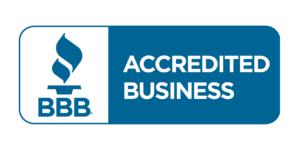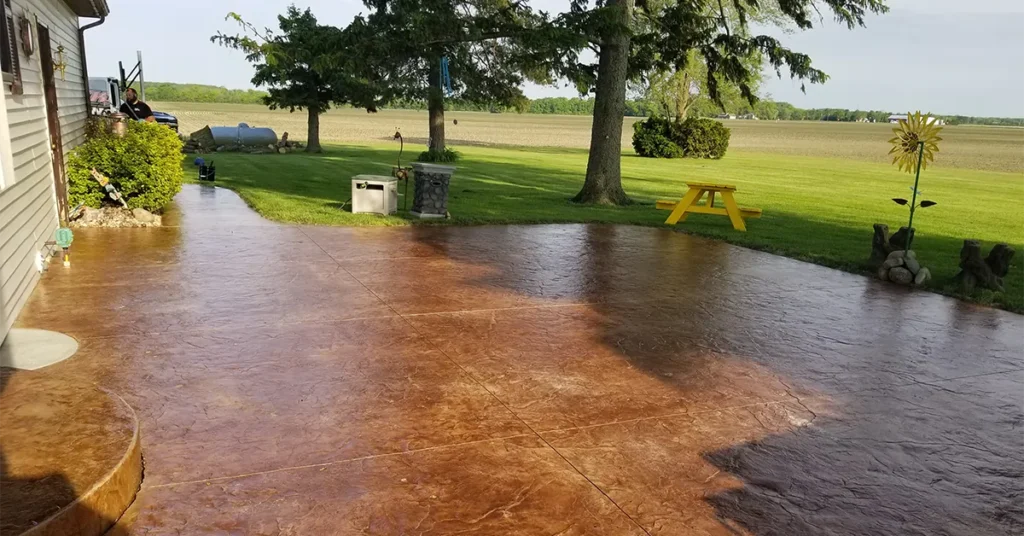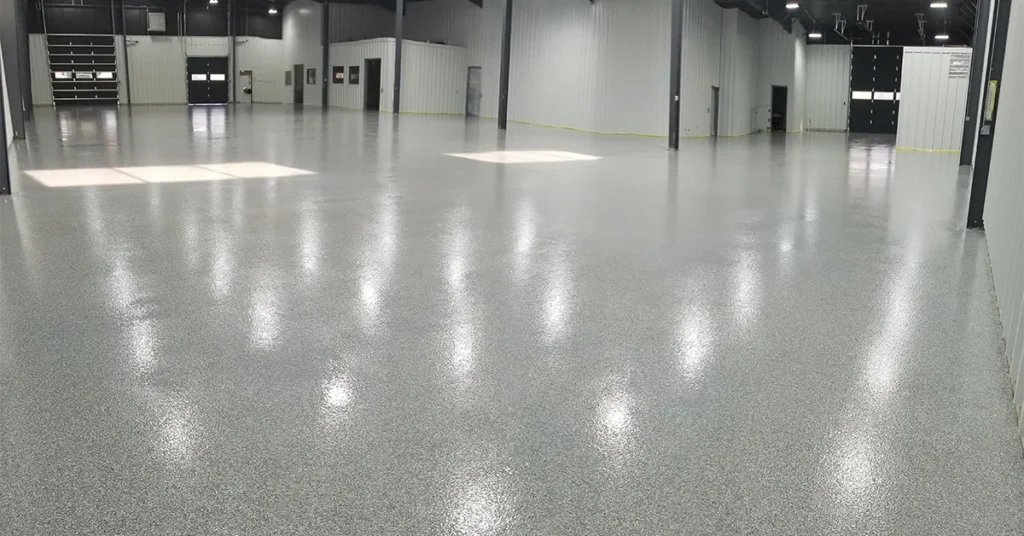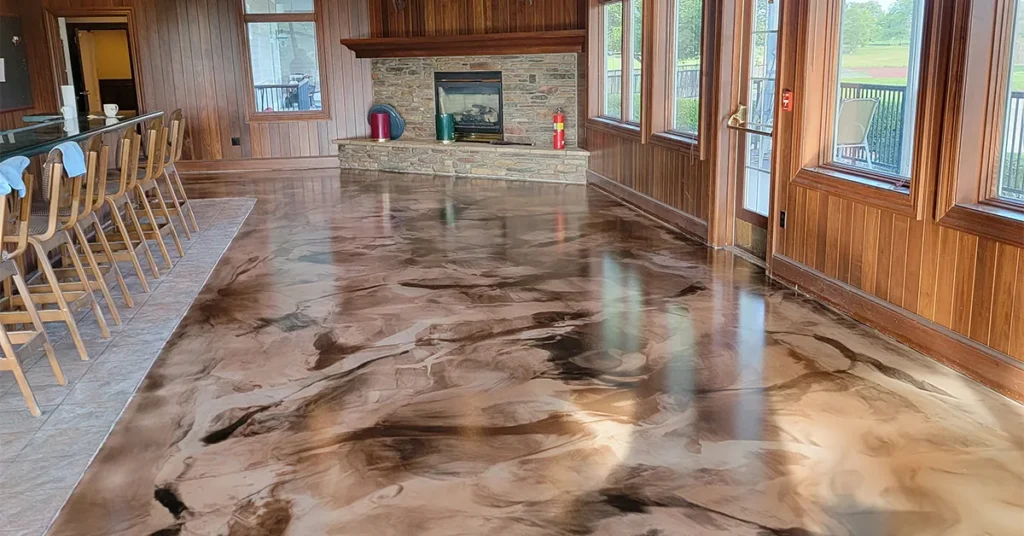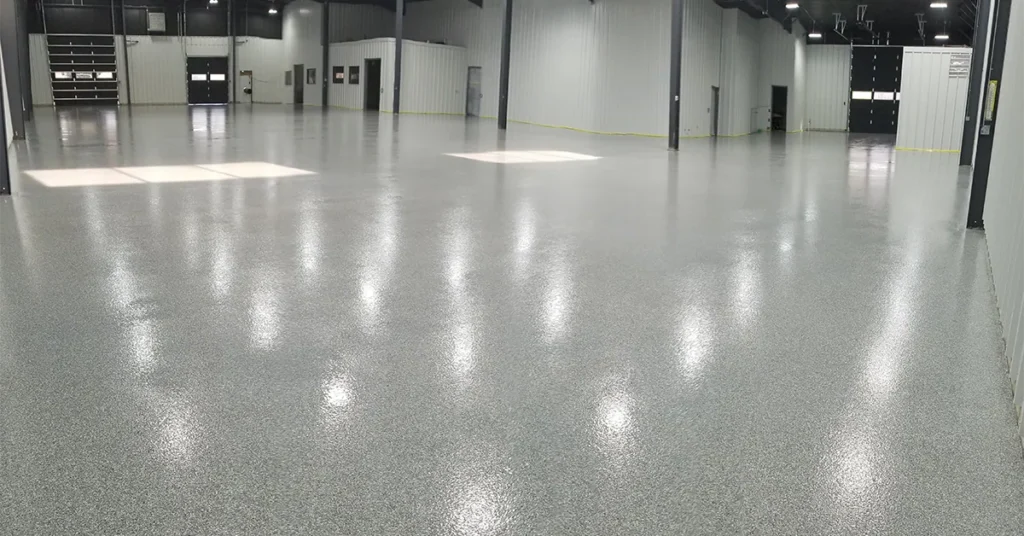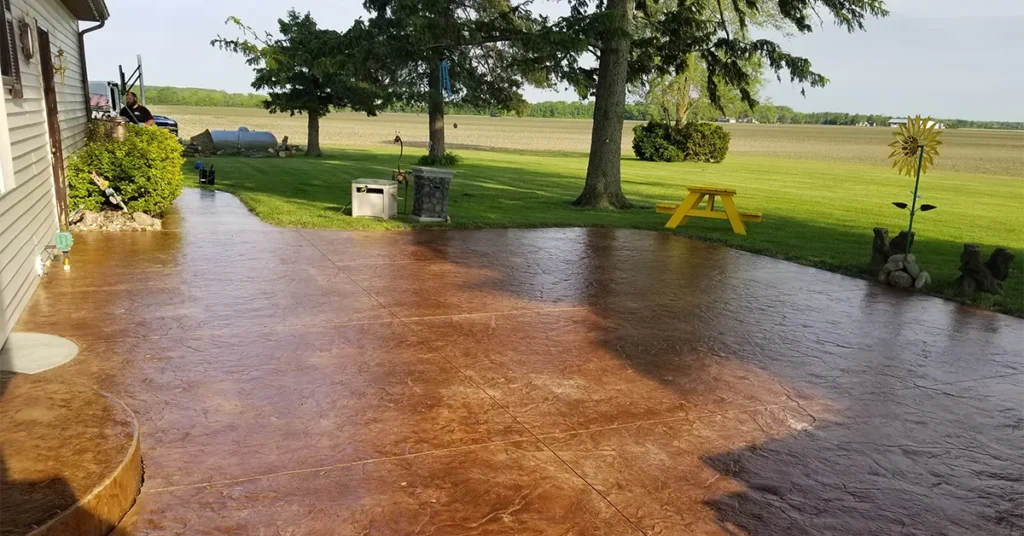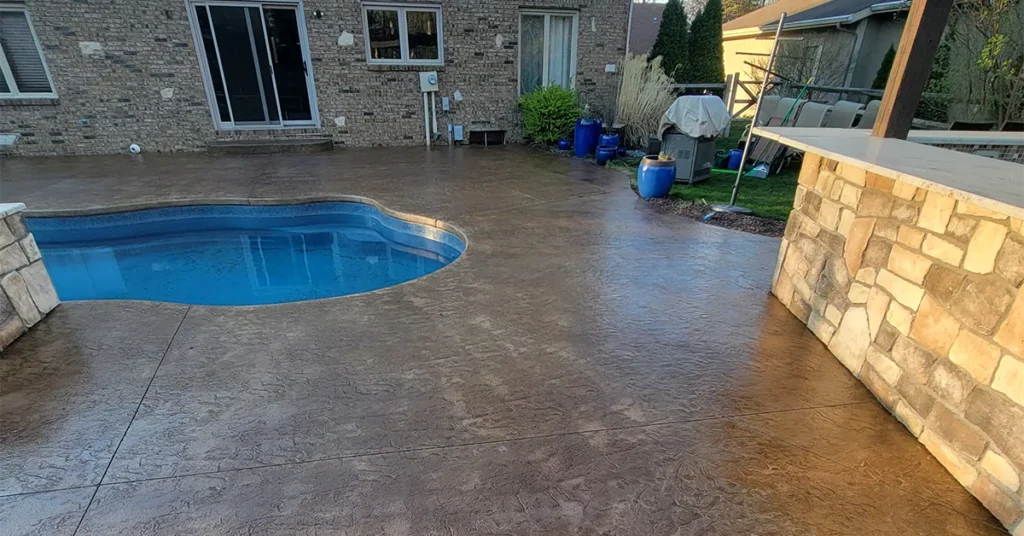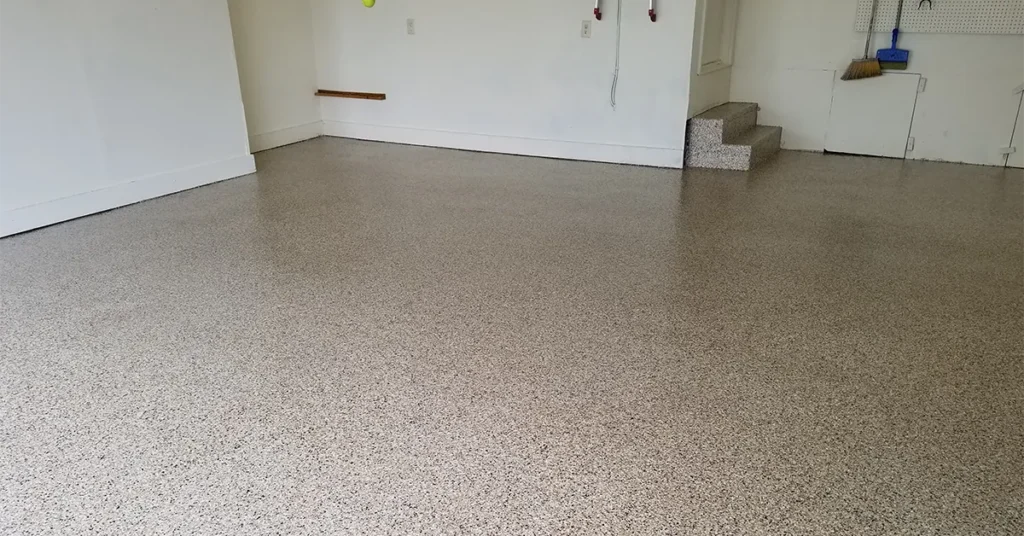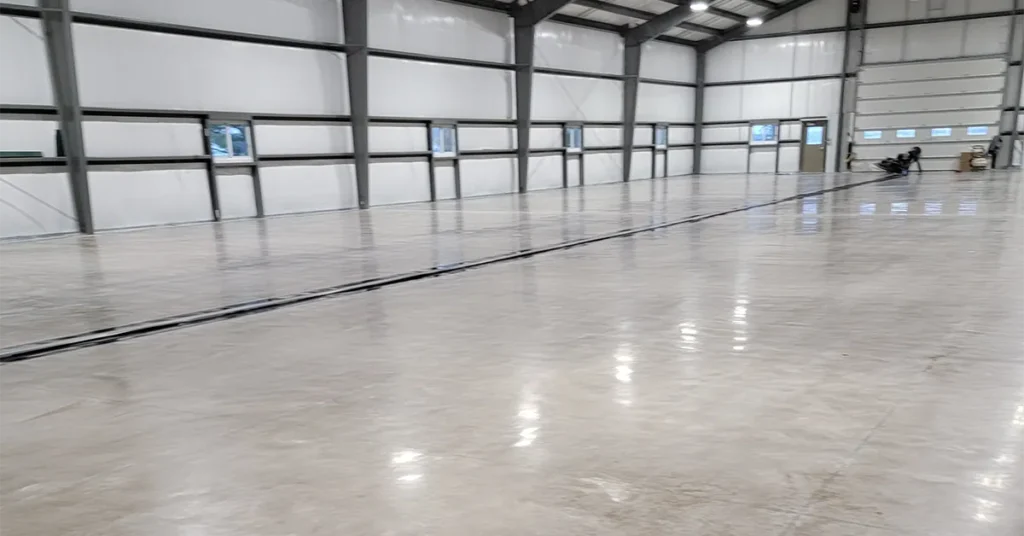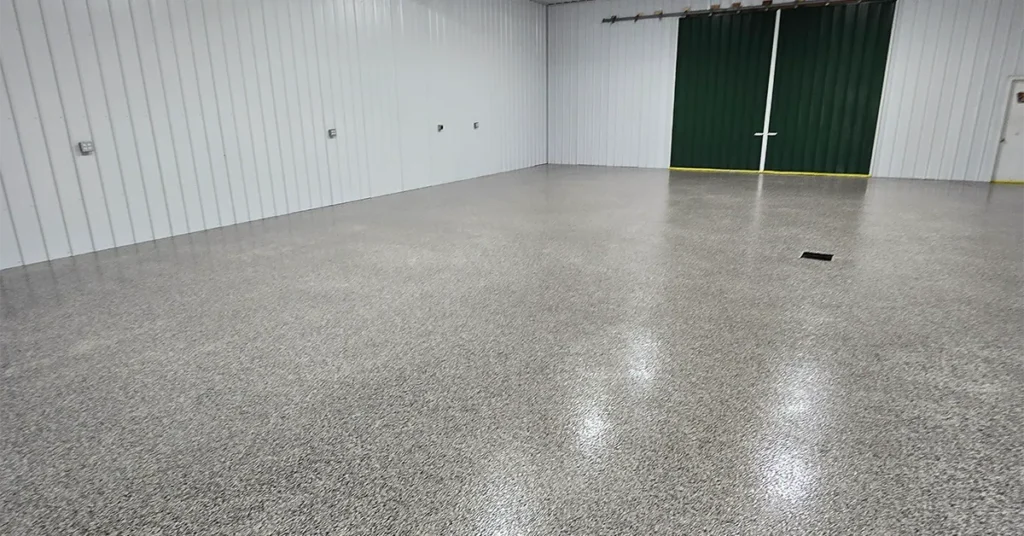Concrete Floor Finishes: A Complete Guide to Styles, Durability, and Installation
Concrete is no longer seen as a cold surface that sits quietly in basements and garages. With the right finish, it becomes a centerpiece of interior design and a reliable foundation for demanding environments. Today’s concrete floor finishes can look warm, modern, rustic, luxurious, or industrial, depending on how you treat the surface. Let’s discuss modern finish types, real-world durability, installation details, and the practical considerations that homeowners and businesses often overlook. If you are exploring polished concrete, epoxy coatings, stains, or textured finishes, this complete guide will help you understand the strengths of each option in a clear and helpful way. Why Concrete Floor Finishes Are Becoming a Top Choice Concrete floors appeal to homeowners and designers for many reasons. They offer strength but also aesthetic freedom. They support heavy use but still clean easily. They work in modern homes, rustic interiors, commercial spaces, and open concept layouts. Some of the main reasons concrete finishes are gaining popularity include: Long-term durability Concrete does not warp, dent, or peel the way wood or vinyl sometimes do. When finished correctly, it can endure decades of regular use without losing its structure. Design versatility Concrete can take on many personalities. It can be polished until it shines like stone, stained to look artistic and earthy, painted to add color, or coated with resin for an incredibly durable finish. Easy maintenance Most finishes only need simple cleaning with a mop, vacuum or broom. There are no grout lines, planks, or delicate surfaces that need special attention. Cost efficiency over time Concrete floors do not require frequent replacement. Even when a finish ages, it can often be refreshed without removing the original slab. Compatibility with modern design Concrete blends naturally with open floor plans, glass walls, wood furniture, metal decor and neutral color palettes. It brings a refined yet grounded feel to a space. Exploring the Most Popular Types of Concrete Floor Finishes Below is a detailed breakdown of the most common types of concrete floor finishes, including where they work best and what makes each style unique. 1. Polished Concrete Floor Finishes Elegant, reflective, and incredibly long-lasting. Polished concrete is created by grinding the concrete surface with industrial machines. The floor is then refined through multiple stages until it achieves the desired level of smoothness and shine. Some people want a soft, matte sheen while others prefer a glossy look that reflects light. Why polished concrete is valued It brightens rooms because its reflective surface increases the amount of natural light. It resists stains when sealed properly. It never peels or delaminates because there is no topical coating. It creates a luxurious and clean appearance without requiring expensive materials. Where it works best Living rooms Kitchens Retail stores Offices Restaurants Polished concrete does extremely well in warm climates because it helps keep interiors cooler. It also works with radiant heating, making it pleasant in colder regions as well. Because the surface is mechanically hardened, polished concrete often outlasts many other hard flooring types. 2. Epoxy Concrete Floor Finishes Protective, customizable, and highly durable. Epoxy coatings form a thick and seamless surface that bonds tightly to the concrete below. This creates an incredibly strong finish that resists chemicals, oil, moisture, and abrasion. Where epoxy finishes excel Garages Workshops Industrial facilities Commercial kitchens Warehouses These coatings are especially popular as garage concrete floor finishes because they protect the floor from hot tire marks, spills, chemical cleaners, and the general wear from vehicles. Customization options Color flakes for added texture Solid color finishes Metallic finishes for a modern and artistic look High gloss or satin protective top coats Epoxy coatings do more than improve appearance. They protect the concrete from surface damage, prevent dust, and make the garage feel cleaner and brighter. Some epoxy systems include quartz sand or traction additives to improve grip and safety. 3. Stained Concrete Finishes Warm, artistic, and full of character. Stained concrete brings color and depth to the floor. Acid-based stains create natural variations and marbled patterns, while water-based stains offer more predictable and vibrant colors. Why stained concrete appeals to homeowners Each floor looks different and carries its own visual story Stains can mimic marble, stone, or rustic textures Works beautifully in both modern and traditional homes Best locations for stained finishes Entryways Kitchens Sunrooms Restaurants and cafes Outdoor patios Stained concrete is often chosen by people who want a custom look without the cost of imported stone. When sealed correctly, stained floors remain resistant to spills and foot traffic. 4. Sealed Concrete Finishes Natural, simple, and protective. A concrete sealer preserves the raw look of the concrete while adding a layer of protection against moisture and minor stains. Sealers come in matte, satin, or glossy finishes depending on the desired look. Best for: Basements Workshops Storage rooms Light-use commercial spaces Sealed concrete is a low-cost option for homeowners who want the charm of raw concrete without leaving it unprotected. Periodic resealing is required, but maintenance is still simpler than many other flooring systems. 5. Textured Concrete Finishes Slip-resistant and ideal for outdoor environments. These finishes include broom finishes, stamped patterns, exposed aggregate, and sandblasted surfaces. They improve traction and add visual interest. Where textured finishes shine Pool decks Patios Driveways Outdoor entertainment areas Pathways and walkways Stamped concrete can imitate high-end materials such as slate, cobblestone, or brick while remaining more affordable and easier to maintain. 6. Painted Concrete Finishes A quick transformation with plenty of color options. Concrete paint allows homeowners to give tired floors a fresh look without heavy labor. While not as durable as epoxy or polish, it still benefits low-traffic spaces. Best suited for: Laundry rooms Utility areas Workshops Seasonal rooms Concrete paint works as a short-term solution or a decorative layer on top of older floors. It is often used when homeowners want immediate visual improvement without long installation processes. Interior Concrete Floor Finishes: Sophisticated and Practical Interior concrete floor finishes offer a balance of beauty and functionality. They resist spills, foot
Concrete Floor Finishes: A Complete Guide to Styles, Durability, and Installation Read More »

